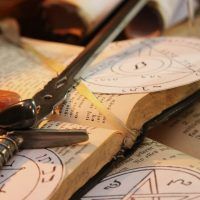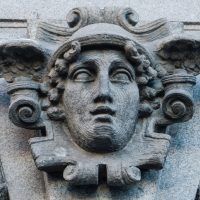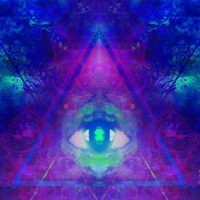The Magical Meanings, Correspondences & Use of Sounds & Textures
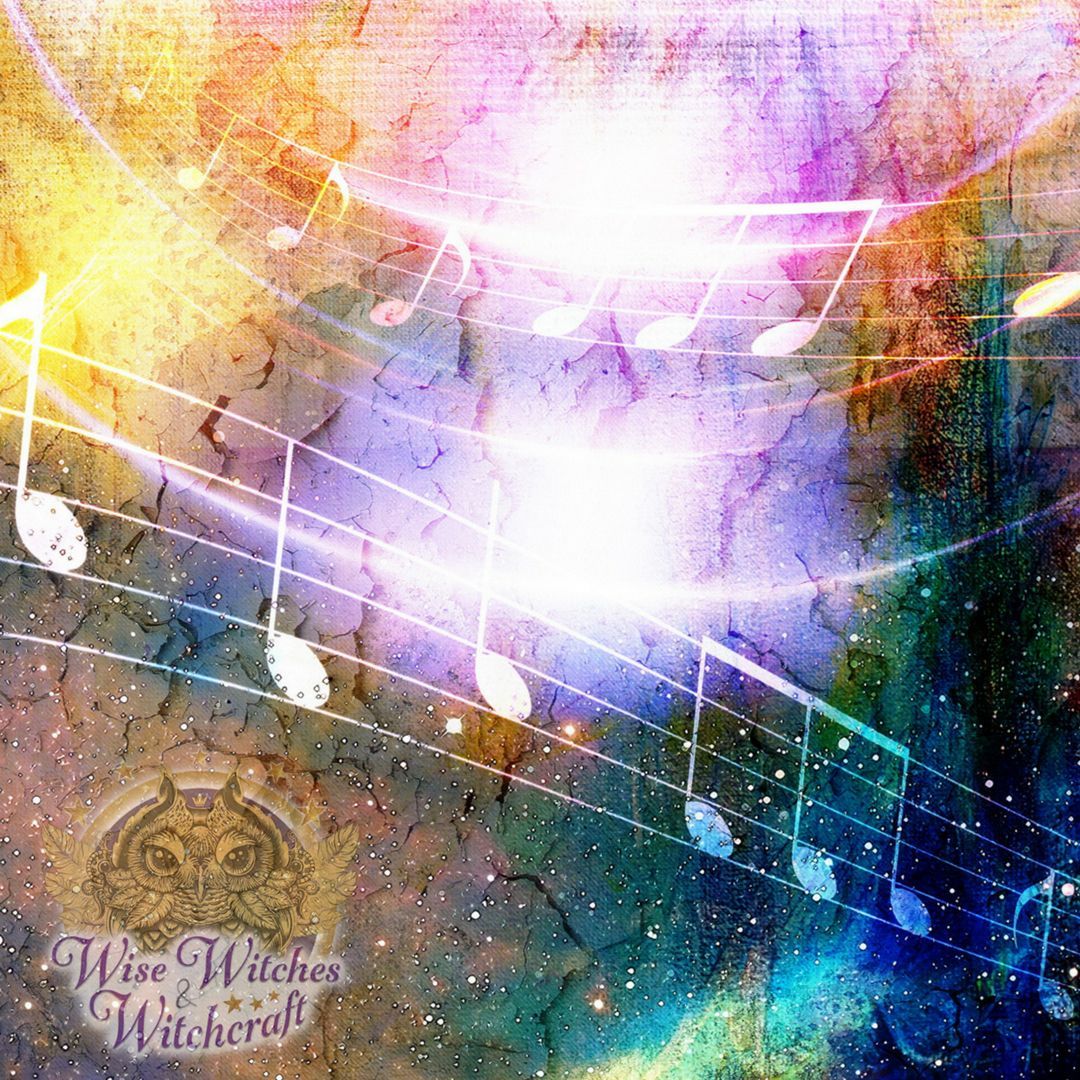
“There is in souls a sympathy with sounds:
And as the mind is pitch’d the ear is pleased
With melting airs, or martial, brisk or grave;
Some chord in unison with what we hear
Is touch’d within us, and the heart replies.”
― William Cowper
In designing magical spells, rituals and meditations you have a whole world of symbolism from which to choose. It’s common for people to think about the meaning of colors, numbers, directions and elements for their workings but what about sound and texture? Remember that every sensual cue you can bring to your magical process increases the chances of more specific and successful results.
The Psychology of Sound and Its Uses in Magick
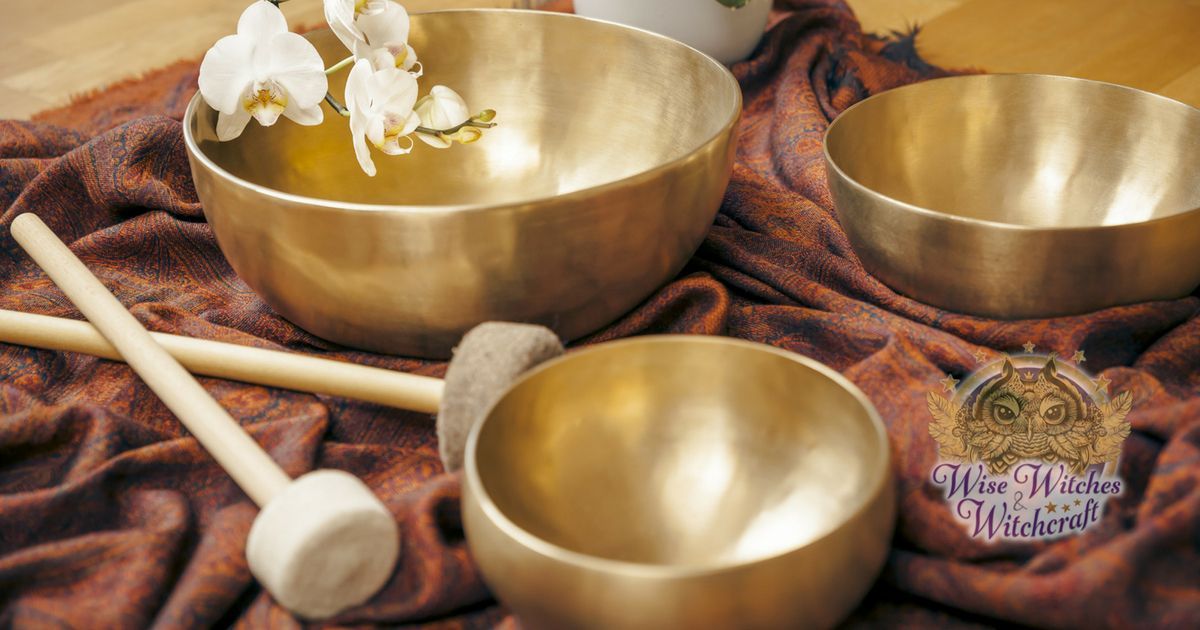
Our brain responds to sound in very specific ways. Loud or discordant sounds urge us to act on instinct signaling a sense of importance. We associate some sounds with a setting or a memory. The most powerful example of how we respond to sound comes from music.
Music has distinct notes in specific progressions. It is, in fact, a type of language that expresses various things. Music can motivate us. It can give us a sense of comfort. It may energize us (and get our bodies moving). Music paints a picture for us that we can see communally or individually. In this case sound can give a group of people the same sensation even if these people are very different in nature.
There’s no strong scientific agreement on why music has such a powerful ability to conjure up the same images and feelings, even among different people with different memories. The appreciation of music involves a complex combination of the brain’s memory, language, auditory and emotional centers all working together – perhaps it’s simply this satisfying, harmonious brain-exercise that gives us the pleasure response.
Magickal Correspondences & Sound in Spells and Rituals
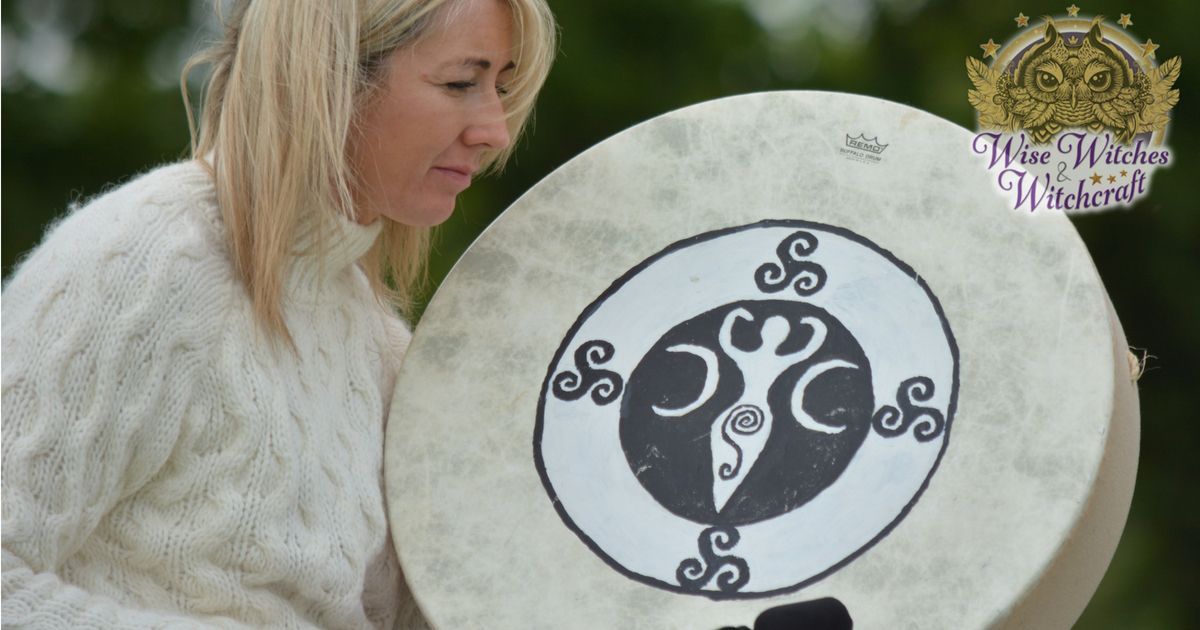
While you might not immediately think of sounds as bearing symbolic value, they do. Some sounds have been with us since humankind’s earliest history, making our reaction to them nearly instinctual. For example, when we hear a wild animal growling our immediate response is to fight or flee. The symbolic value of this sound is fear, caution, or preparedness. In considering the use of sounds for spells, rituals, and meditations, you’ll want to keep these kinds of reactions in mind.
Classical music: Tradition, legacies; color—dark green
Bells: Protection, messages, focus; color—silver or gold
Chimes: Time, cycles, omens; color—pale yellow or gold
Clapping: Excitement, happiness; color—bright orange
Crackling: Fire element, energy; color—blue (as with lightning or very hot fires) or red
Drumming: Safety, trance, communication, shamanic work, luck; color—red
Echo: Omens and signs, surrounding yourself with energy; color—grey
Gong: Opening and closing; color—white-silver
Humming: Shifting vibrations, heightening energy; color—low pitched, brown, high pitched, green
Rain Stick: Water element, peace, harmony; color—blue
Religious Music: Faith, inspiration, color—purple
Silence: Introspection; color—pastels or white
Song: Appeasing the gods, emotional expression
Tambourine: Spirit communication; color—silver-ish
Trumpet: Announcements, the four elements; color—brass
Vowels: Toning, mantras, chanting
Wind chimes: Air element, fairies; color—pale blue
Magical Sound Uses in Spells and Rituals
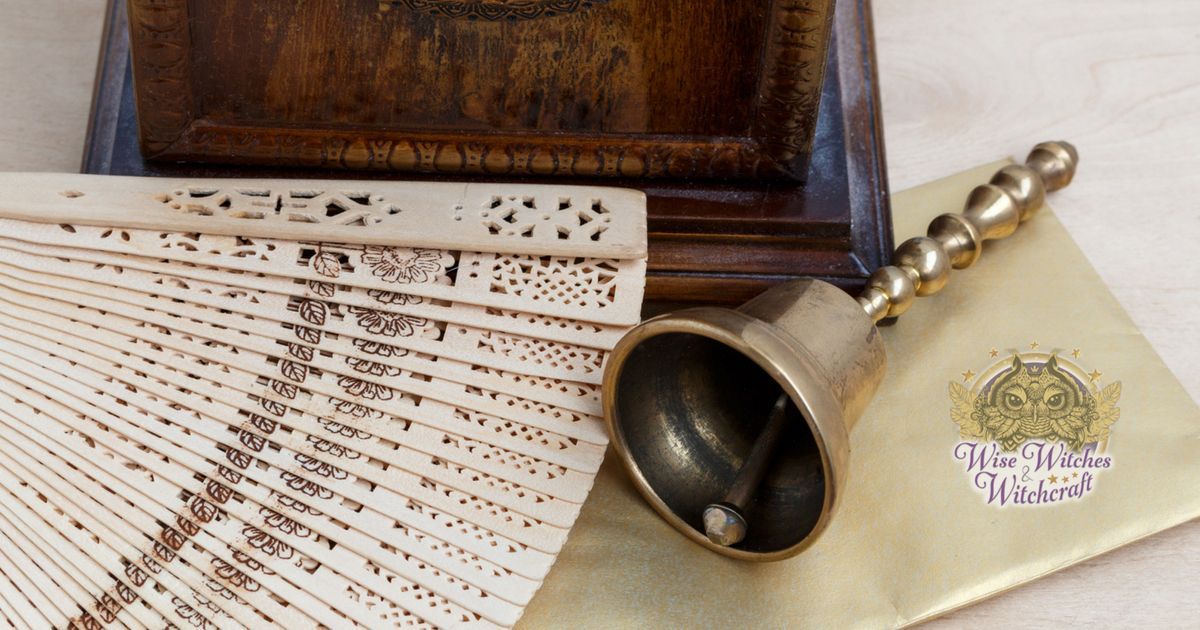
Make sure to add your own feelings to this list when copying it into your spellbook. You may also wish to cross-reference part of this list with colors and chakras.
So, the next question becomes: How can you apply sounds to magical constructs? Well, here are some ideas:
- Use a sound to send magic on its way or to activate it. For example, a bell could signal the release of a spell. In this case, you might change your incantation, so it ends with something like, “Hear my words, and heed them well, guide this magic when I sound this bell.” By changing the wording from “guide” to “release” the bell could then be used in the future to trigger the previously established energy parameter. Hint: Copy or cross reference this concept in the spellcraft section of your book.
- Use sharp sounds to release the cone of power during a ritual (this helps “cut” the magic and send it on its way).
- Use sound as a focusing tool in ritual or meditation. Gongs and drums in particular seem to fill this function. Hint: You may want to add these instruments to your list of tools.
- Use sounds to announce the opening or closing of a festival or observance. This helps separate the temporal and spiritual worlds and literally sets a tone for the event.
- Use sound (specifically music) as an extra thematic dimension that creates the right ambiance for any magical procedure.
- Use the sounds of nature as guides that provide cues for forthcoming weather patterns, or to answer questions on your mind (omen and sign observation).
- Use loud sounds to banish negativity and chase away malicious or mischievous spirits.
- Listen to the sounds produced by other people’s magic or their auras to know their intention or recognize people whose energy mingles well with your own.
Texture & Magickal Correspondences
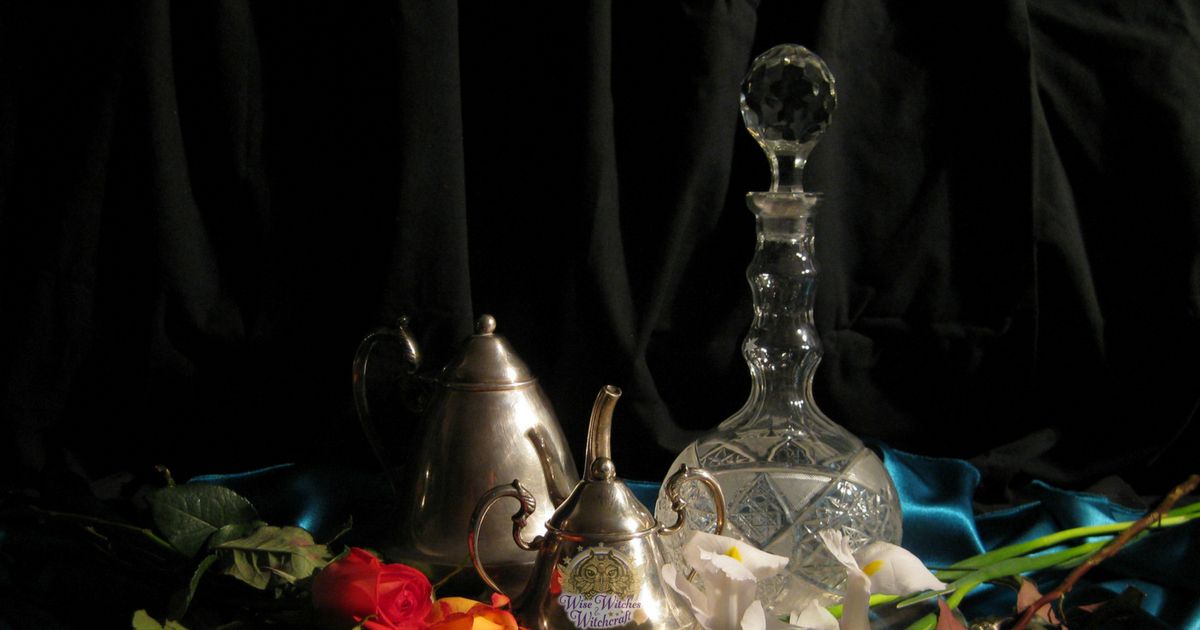
All the things we touch have some type of texture. Some are coarse, others smooth, some hot, others cold (for this article we are including temperature and weight as textural components). Research implies that there is a direct correlation between texture and emotion or reaction. For example, when we see someone holding a hot drink our mind draws a parallel with that person being warm. Or, when we are sad holding something warm near us eases that emotion.
Consider how we sometimes use texture in language. Have you ever described someone as being hard or rough around the edges? People immediately understand those delineations. And, the power of texture has been used in sales for quite some time. Many auto dealerships, for example, will use softer chairs for their negotiations with you. Knowing this ahead of time helps your mind negate the subconscious impact of that texture.
Not everyone is as strongly affected by sound or sight as they are by the feel of something. When you put on a soft, fuzzy shirt, for example, it inspires a sense of coziness and comfort. These are the kinds of textural responses you’ll want to consider adding into your magic. Mind you, these responses can be quite varied from person to person, so the associations here are very generalized.
Bumpy: Distraction or difficulty, communication (braille)
Cold: Emotional distance, halting unwanted energies
Defined Edges: Boundaries, personal space
Hard: Sternness, austerity, security
Hot: Increasing energy and attention
Itchy: Distress, lies, anxious energy
Jagged: Caution, harshness, anger
Prickly: Overly protective, on guard, defensiveness
Rough: Antisocial tendencies, rigorous energy, a rogue Smooth Gentle nature, well-being, harmony
Soft: Kindness, sensitivity, possibly weakness
Sticky: Attraction and connection, deception
Magical Texture Uses
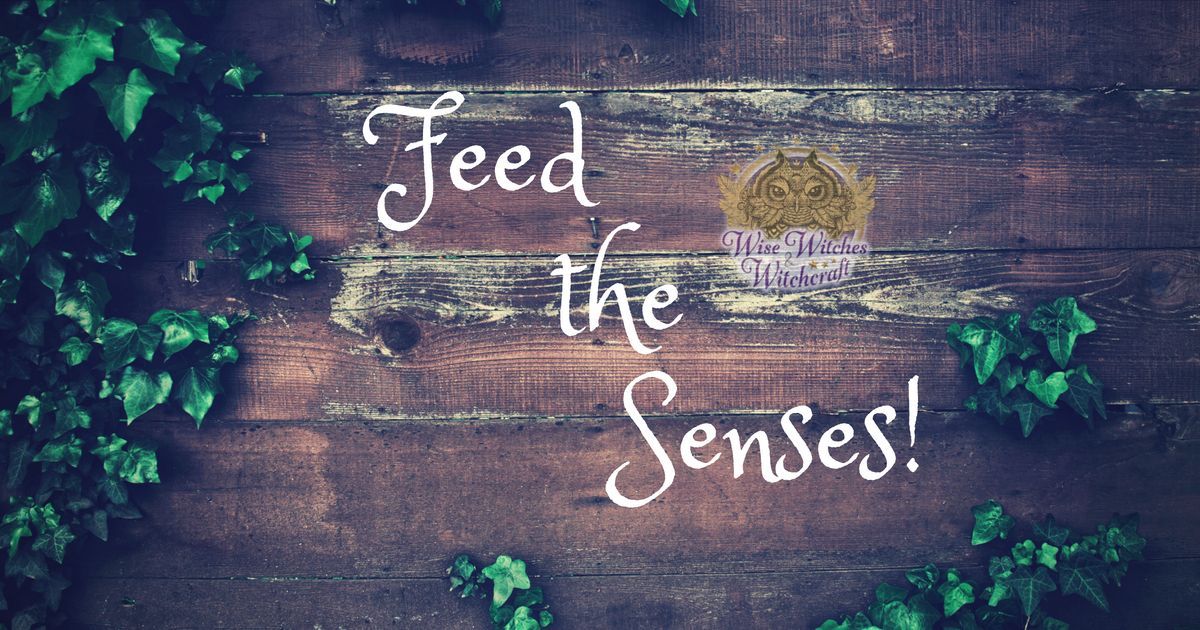
Here are some ideas on how textures can be applied to magical practices:
- Use a specific texture of cloth in creating pouches for divination tools.
- Use a symbolic texture of cloth in creating sachet-styled fetishes, charms, amulets, and talismans.
- Wear ritual clothing whose textures somehow represent the goal of the gathering (like wearing diaphanous clothing at a spring ritual to honor the Air element).
- Touch a thematic texture when casting a spell to add an extra sensual dimension.
- Use textures blended with color to represent the elements on your altar or to add to the Quarter points of a ritual.
- Add textural cues into your visualizations to make them more multidimensional (and therefore more effective).
- Sense the texture in other people’s auras to know if you can work harmoniously with them. Extend your senses toward the other person. What do you feel? Does their aura itch, feel sticky? Or is it smooth and comfortable? You probably won’t be able to work effective magic with the itchy or sticky person.
Sounds and textures are but one way to excite your senses. That sensual energy improves the energetic signature of your spell or ritual work, making for greater success.
Adapted from “Your Book of Shadows,” by Patricia Telesco. All Rights Reserved.


